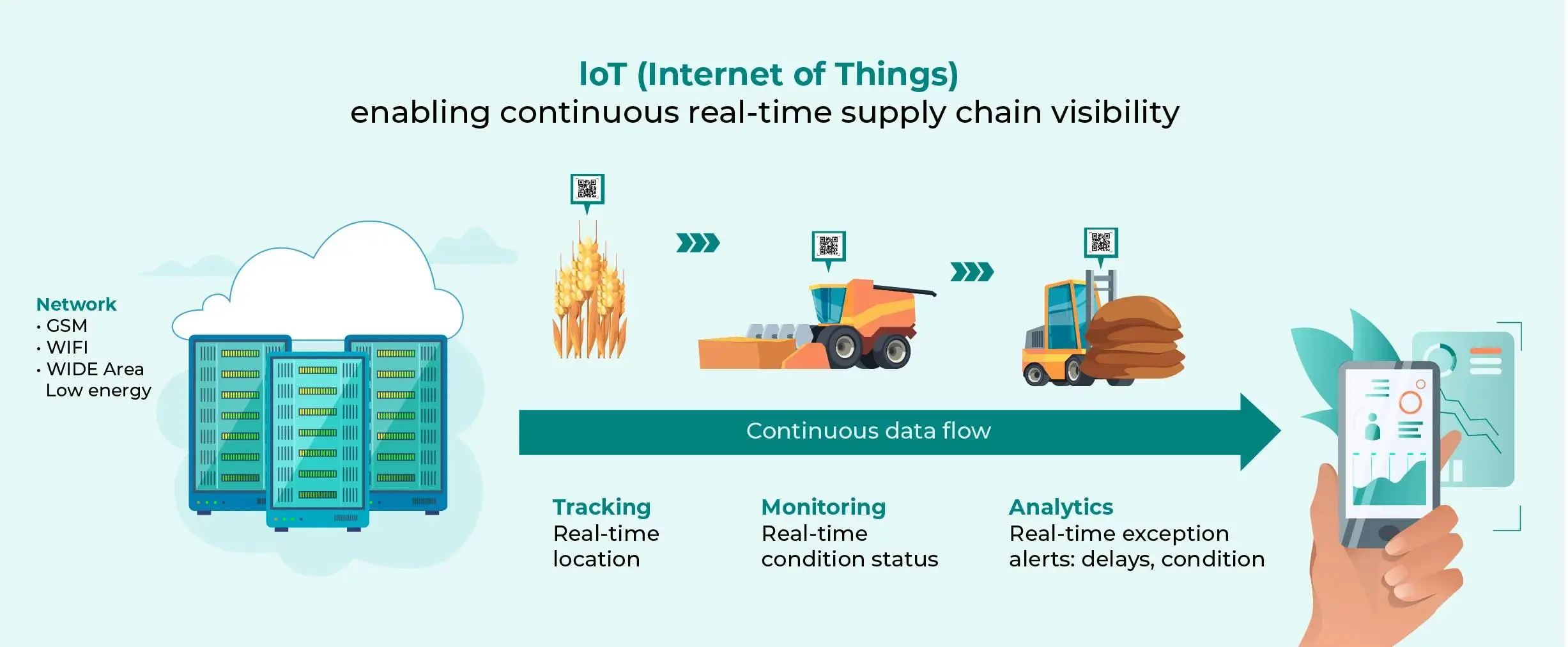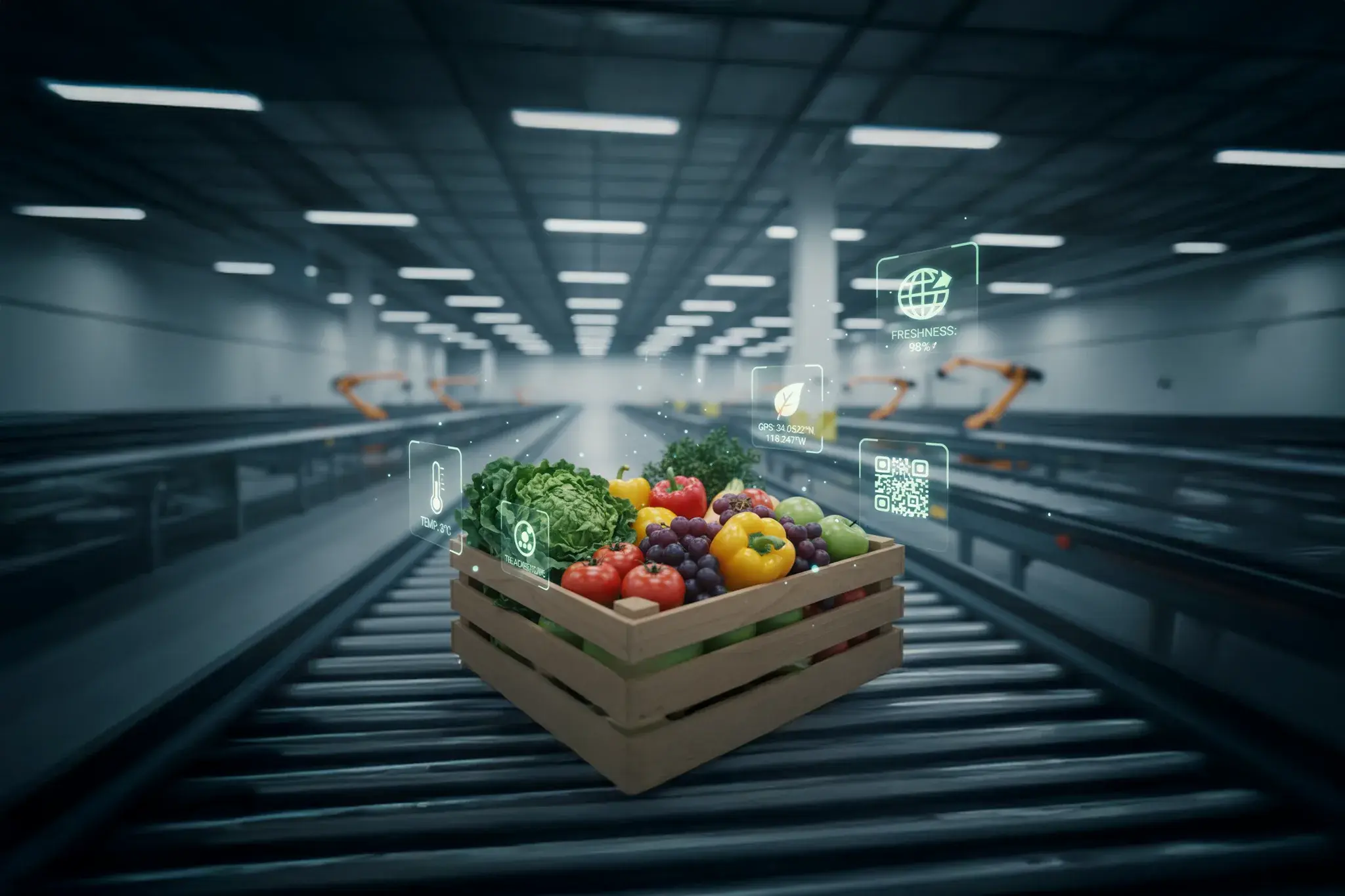The acquaintance of the food industry with the IoT in agriculture enables farmers, suppliers, processors, retailers, and consumers to make informed decisions. Moreover, IoT assists food industries with supply chain traceability, food safety, and accountability. Besides, the IoT network significantly cuts down wastage, expenses, and risks associated with the process.
Why is the internet of things the future of food safety and supply chain traceability?

1. Improves food safety
2. Predicts accurately
Also, Cropin’s SmartFarm has streamlined soil health monitoring by integrating with sensors and other IoT in agriculture to analyze real-time data. Therefore, farmers can adopt the required techniques timely to improve soil health.
3. Reduces wastage
According to a report by United Nations, 17% of the food produced is wasted every year across the globe. Besides monetary losses, this affects the environment due to the increase of carbon dioxide in the atmosphere.
Cultivators use Cropin’s SmartFarm and SmartRisk to locate low-performing sections of farm plots and take necessary measures to prevent excessive crop loss. Further, agri-input companies can use AcreSquare to engage with farm owners directly. The platform will enable them to market new and improved seeds, agrochemicals, and other inputs that assure higher productivity and lower wastage.








